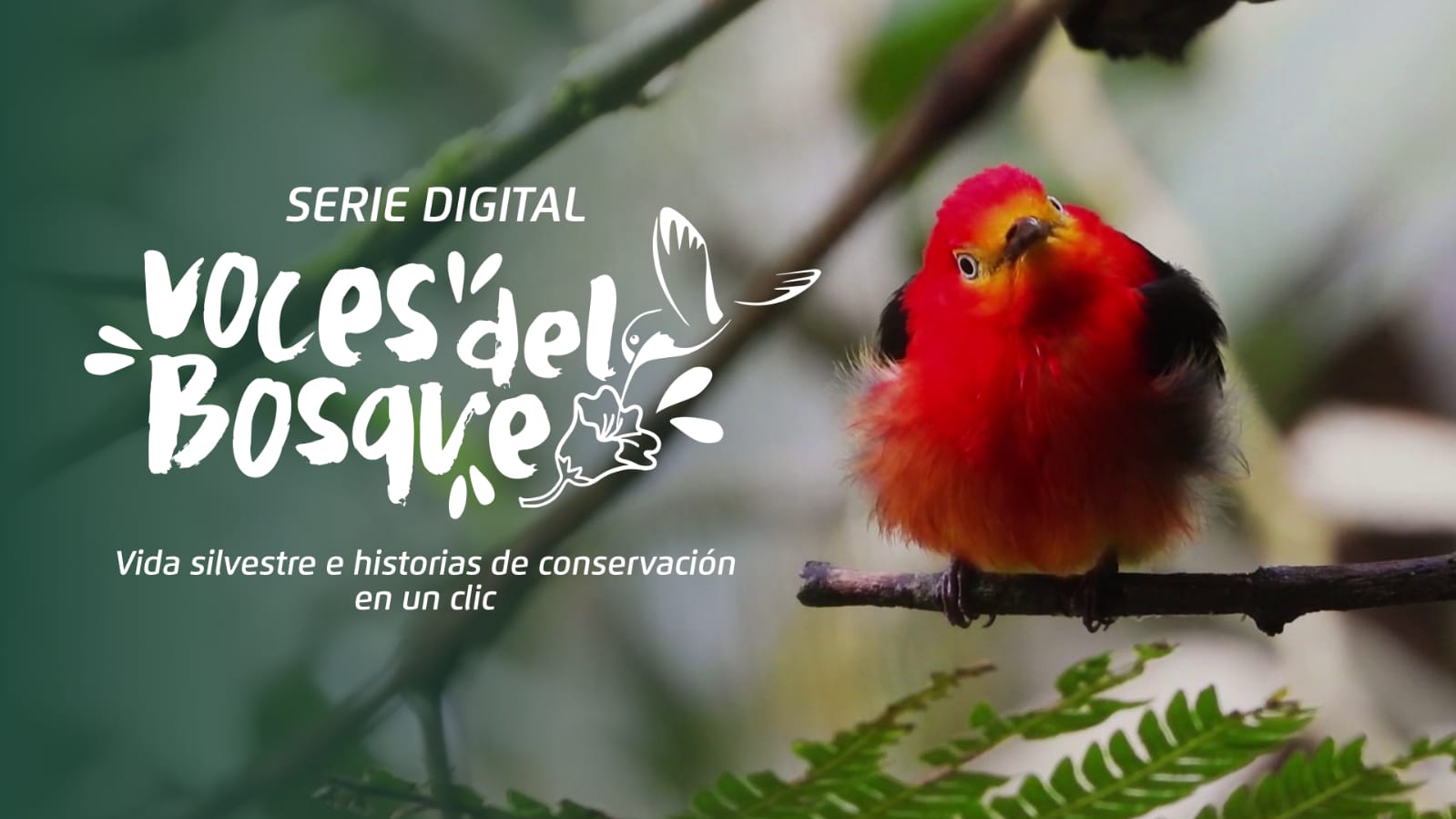The small grant program was a financial mechanism to allow ideas to be developed into projects that benefit the environment and local people. It allowed community members to demonstrate that sustainable tourism, agriculture, water management and recreation were feasible and how they benefit the area.
Both individuals and NGOs were given the opportunity to apply for grants up to EUR 20,000 for local initiatives. Prospective grantees were given guidelines, including the requirement that the proposal implemented objectives or activities of the management, especially in priority areas. The grantees also were required to consult with the authority for protected areas, who are responsible for the management of the Buna River Velipoje protected landscape.
A panel consisting of project partners and local authorities worked together to assess and decide on successful grants.
For the final activity of a secondary Buna project, which focussed on youth and community engagement, we brought together the grantees to take the lead in running a weekend of community events to celebrate the nature of Buna. The events included a media tour for ecotourism, a concert on the river and a day of education and tours for school students in the protected area.
Expectations must be clear on both sides. Grant mechanisms are generally very labour-intensive for both the grantees and the facilitating organisation, but can be effective - it is just important that resources are available to ensure the frantees are supported to deliver high quality projects.
